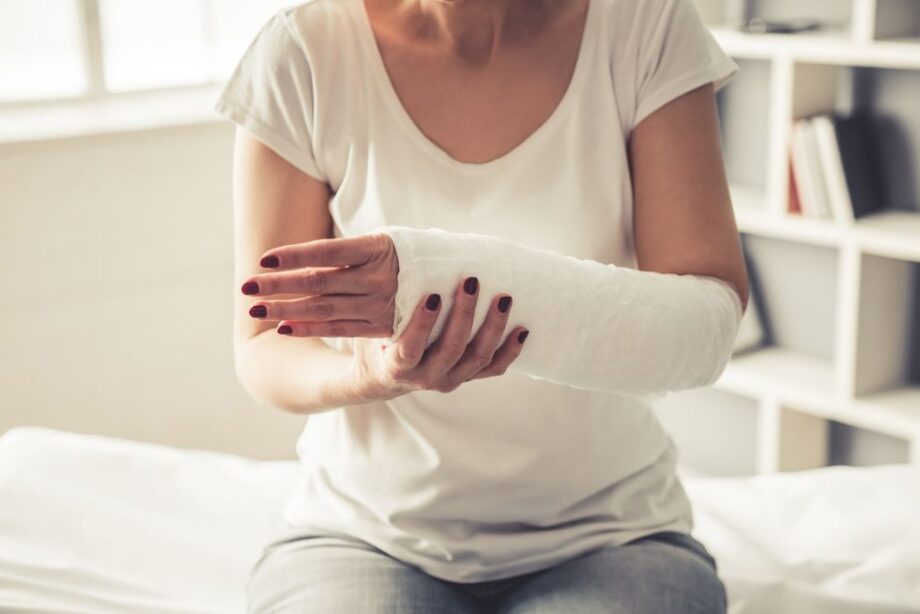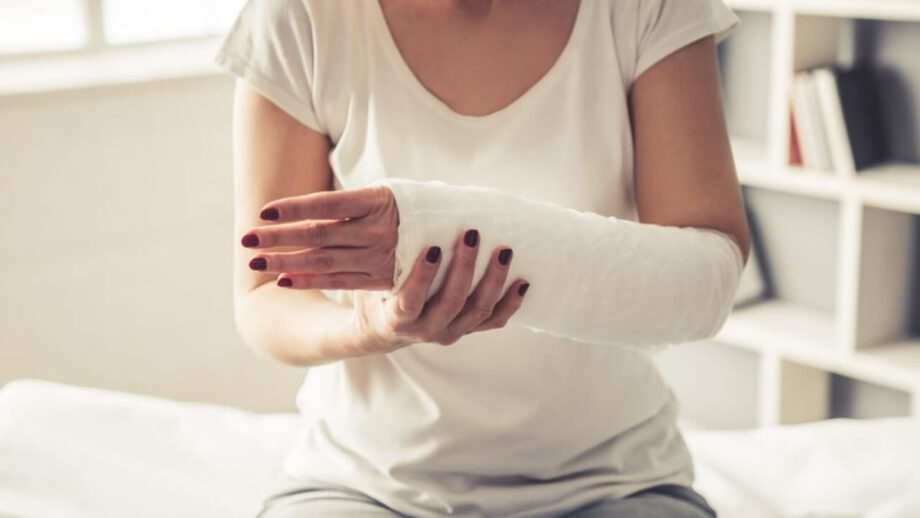Menopause is a global occurrence that affects middle-class women worldwide, while individual symptoms vary. While some people may feel pleased and happy to no longer have to deal with the discomfort and extra care associated with menstruation, others may have hot flashes, insomnia, mood swings, and hormonal imbalance as a result of menopause. Menopause can occasionally have an impact on a woman’s bone and cardiovascular health. According to data gathered by the International Osteoporosis Foundation, one in three women over 60 will suffer at least one fracture brought on by osteoporosis. Women’s bodies begin responding to their environment differently during perimenopause. In the postmenopausal phase, they become much more vulnerable and have a much higher possibility of developing conditions like osteoporosis, arthritis, and joint discomfort. The cause is a postmenopausal decrease in estrogen production. The hormone that a woman’s ovaries generate is crucial in determining the health of her bones.
Between the ages of 25 and 30, a woman’s body reaches its peak bone mass. Her skeleton stops developing during this time, making it the thickest and strongest part of her body. Now, if a woman’s peak bone health is less than what is deemed ideal, the likelihood that she will develop bone thinning, also known as osteopenia or osteoporosis, and associated complications in later years rise. According to research, osteoporosis affects roughly 1 in 10 women over the age of 60 worldwide and can cause up to 20% of bone loss during these phases.
Bone and muscle pain risks rise as a result of the bones’ weakening and brittleness. Reduced levels of bone density can also cause joint pain that can affect the knees, shoulders, neck, elbows, and other joints in the body. Menopausal arthritis can be caused by genetically inherited abnormal genes reacting to the metabolism of estrogen present in the body. The likelihood of developing primary osteoporosis after menopause is relatively high. In essence, this causes the bone to become less dense and more hollow. Osteoporosis makes bones more brittle and can result in “fragility fractures,” which are fractures that produce little or no damage. This frequently occurs at the hip, wrist, and spine.
Perimenopausal osteoporosis and the accompanying muscle wasting (sarcopenia) can negatively impact a person’s everyday activities by restricting fundamental movement, generating ongoing body pain, and increasing their vulnerability to injury.
To avoid difficulties, perimenopausal osteoporosis should be identified and treated quickly. They are straightforward, affordable medications available to treat the issue. It is advised to maintain a healthy daily intake of these nutrients because the bones also begin to lose minerals and vitamins. Calcium intake should be at least 1300 mg per day. Consuming a range of dairy products, soy, almonds, tofu, green leafy vegetables, and meats can help you reach this goal. Maintaining healthy vitamin D levels aids in achieving optimal bone health when combined with calcium consumption and the body’s capacity for absorption. Daily exposure to early-morning sunlight and dietary supplements are the simplest ways to achieve this.
Don’t forget to move your body, even by holding weights. The best approach to building strong bones and muscles is through regular resistance training.
Reducing alcohol use, quitting smoking, and consuming too much caffeine are a few habits to adopt to lower your risk of bone disorders. These are some of the daily lifestyle adjustments that women can make to attain a menopausal lifestyle that is less troublesome.
Keep reading IWMBuzz.com
Source – indianexpress.com





